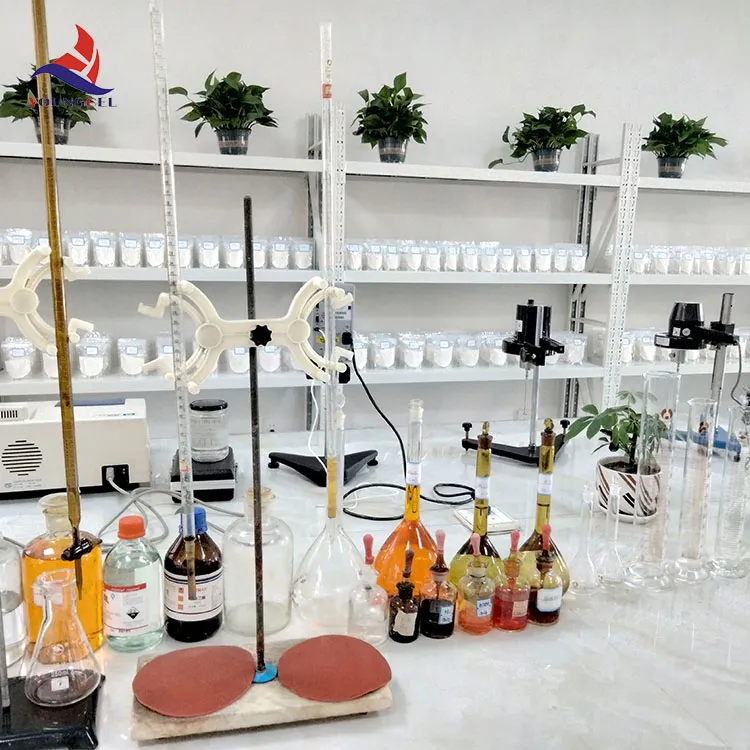The Role of HPMC in Chemical Adhesives
Hydroxypropyl methylcellulose (HPMC) is a versatile, non-ionic cellulose ether widely used in various industrial applications, particularly as a key ingredient in chemical adhesives. Its unique properties make HPMC an essential component in the formulation of adhesives for construction, woodworking, ceramics, and other industries. This article will explore the characteristics, advantages, and applications of HPMC in chemical adhesives, highlighting its significance in modern adhesive formulations.
The Role of HPMC in Chemical Adhesives
The versatility of HPMC allows it to be used in various adhesive formulations, including those for construction materials, such as tiles and drywall, as well as in woodworking adhesives. In the building industry, HPMC is commonly found in tile adhesives and grout due to its exceptional water retention and workability. It aids in the smooth application of adhesives, leading to better coverage and reduced waste. Additionally, HPMC-enhanced adhesives exhibit excellent shear strength and elongation, making them suitable for demanding applications.
chemic adhes hpmc

Another significant application of HPMC is in the production of ceramic adhesives. These adhesives require high bond strength to withstand the weight and stresses associated with ceramics. HPMC contributes to this strength by improving the adhesive's initial tack and enhancing the final bond strength once cured. As a result, ceramic tiles secured with HPMC-based adhesives exhibit durability and longevity, crucial for high-traffic areas.
HPMC is also favored for its environmentally friendly characteristics. As a cellulose derivative, it is biodegradable and non-toxic, making it an excellent choice for eco-conscious consumers and manufacturers. In an era where environmental sustainability is paramount, HPMC provides a reliable alternative to synthetic polymers, reducing the ecological footprint of adhesive products.
The flexibility of HPMC extends beyond just its applications; it can be adjusted to meet specific requirements by altering its viscosity, solubility, and other characteristics. Formulators can tailor HPMC grades to achieve desired performance levels, allowing for the creation of specialized adhesives that cater to diverse market needs. This flexibility makes HPMC a valuable asset for adhesive manufacturers seeking to innovate and stay competitive in a rapidly evolving industry.
In conclusion, hydroxypropyl methylcellulose plays a crucial role in the formulation of chemical adhesives, providing significant benefits such as enhanced bonding strength, improved workability, and water retention. Its versatility allows for a wide range of applications across the construction, woodworking, and ceramics industries. Moreover, HPMC's environmentally friendly attributes position it as a preferred choice in an increasingly sustainable market. As adhesive technology advances, HPMC's importance will likely continue to grow, underscoring its status as a fundamental component in chemical adhesives. With ongoing research and development, the potential of HPMC in adhesive formulations will unlock new possibilities and applications in the future.
-
Premium Detergent Grade HPMC Hydroxypropyl Methylcellulose ThickenerNewsSep.01,2025
-
Premium Detergent Grade HPMC Hydroxypropyl Methylcellulose: Superior Thickening & StabilityNewsAug.31,2025
-
HEC 100000 Hydroxyethylcellulose for Paint | Superior ThickeningNewsAug.30,2025
-
Wall Putty Rdp Powder Packaging DesignNewsAug.29,2025
-
Introduction to Hpmc Hydroxypropyl Methyl CellulosNewsAug.29,2025
-
Hpmc Industri Grade IntegrationNewsAug.29,2025




